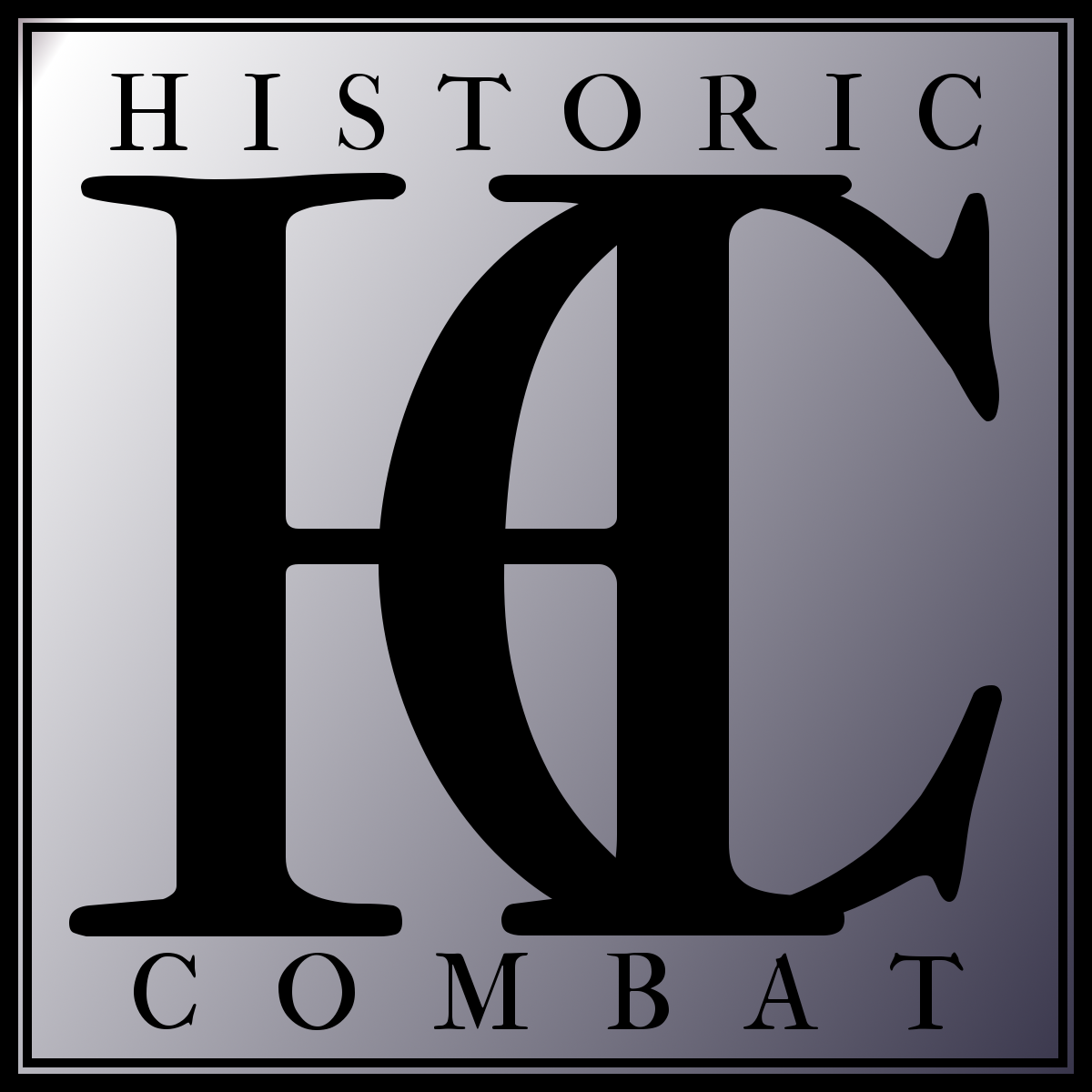Explorations in Historical European Martial Arts

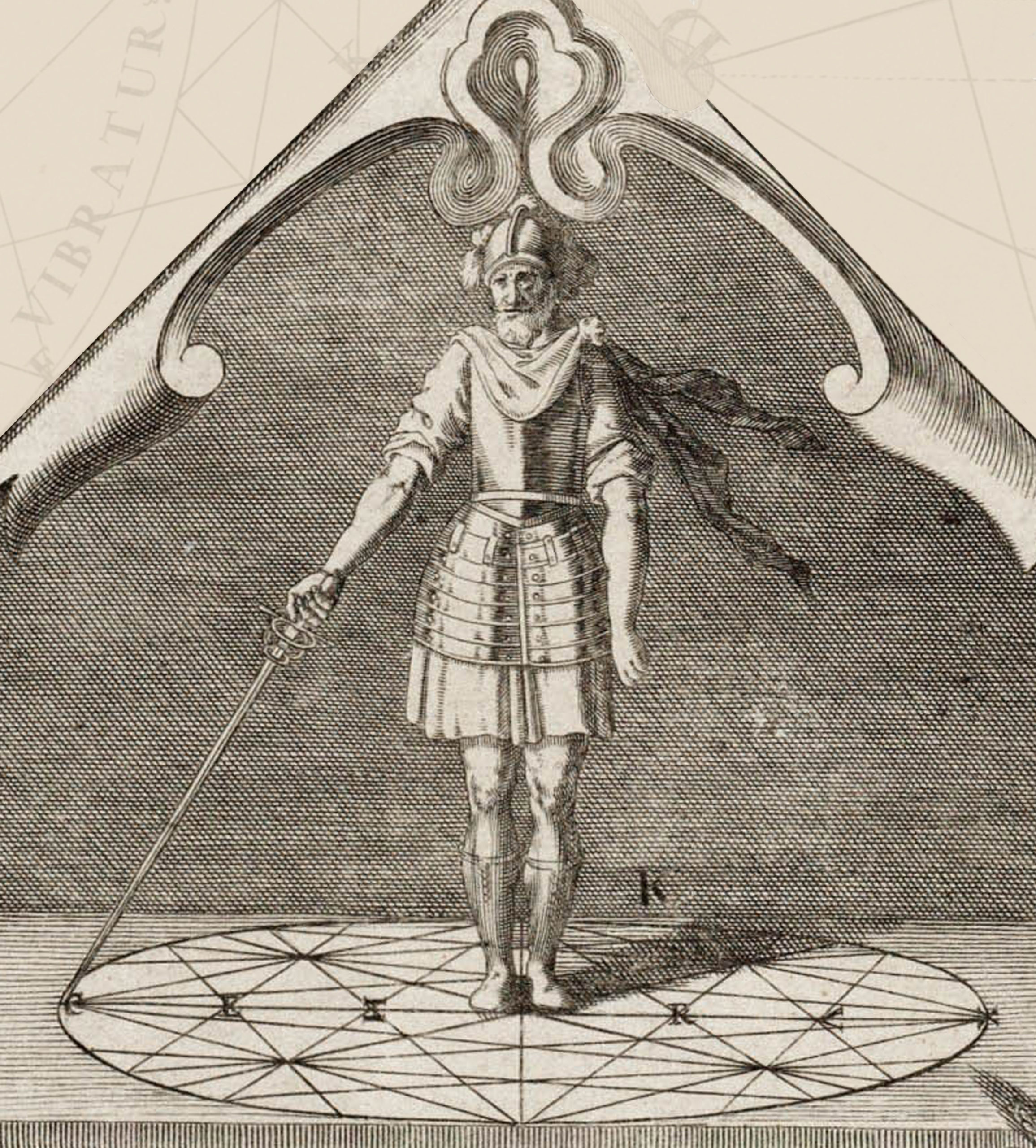
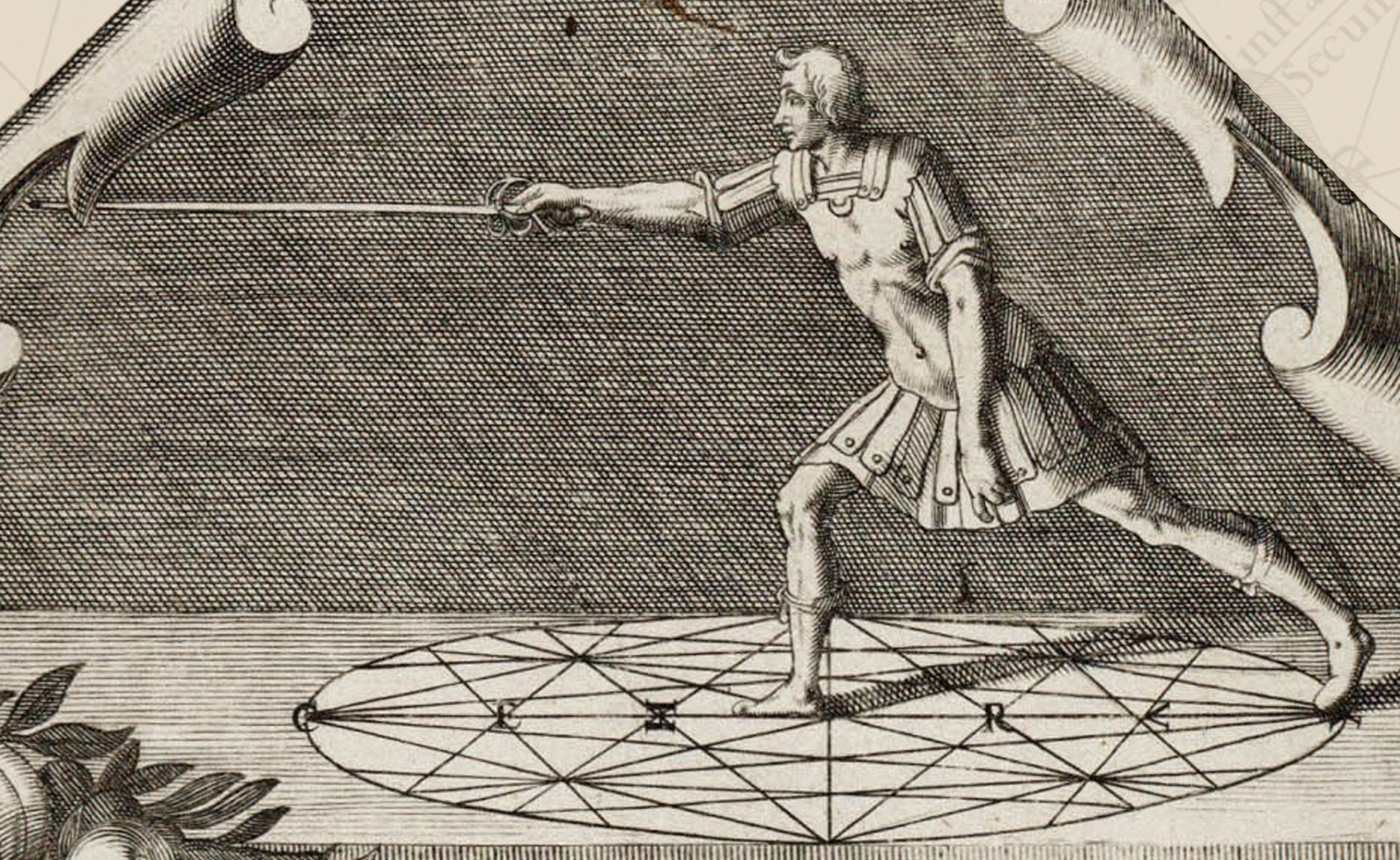
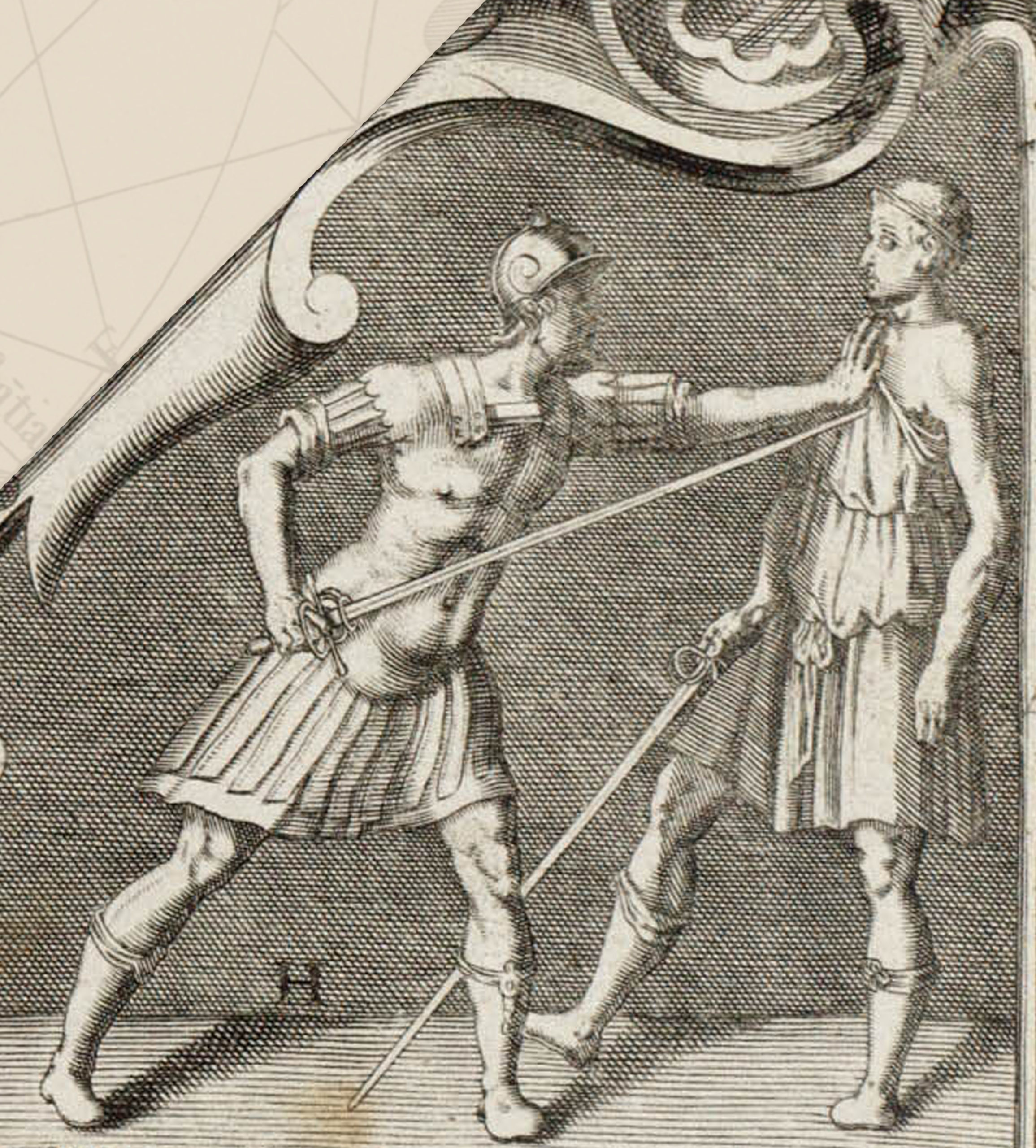
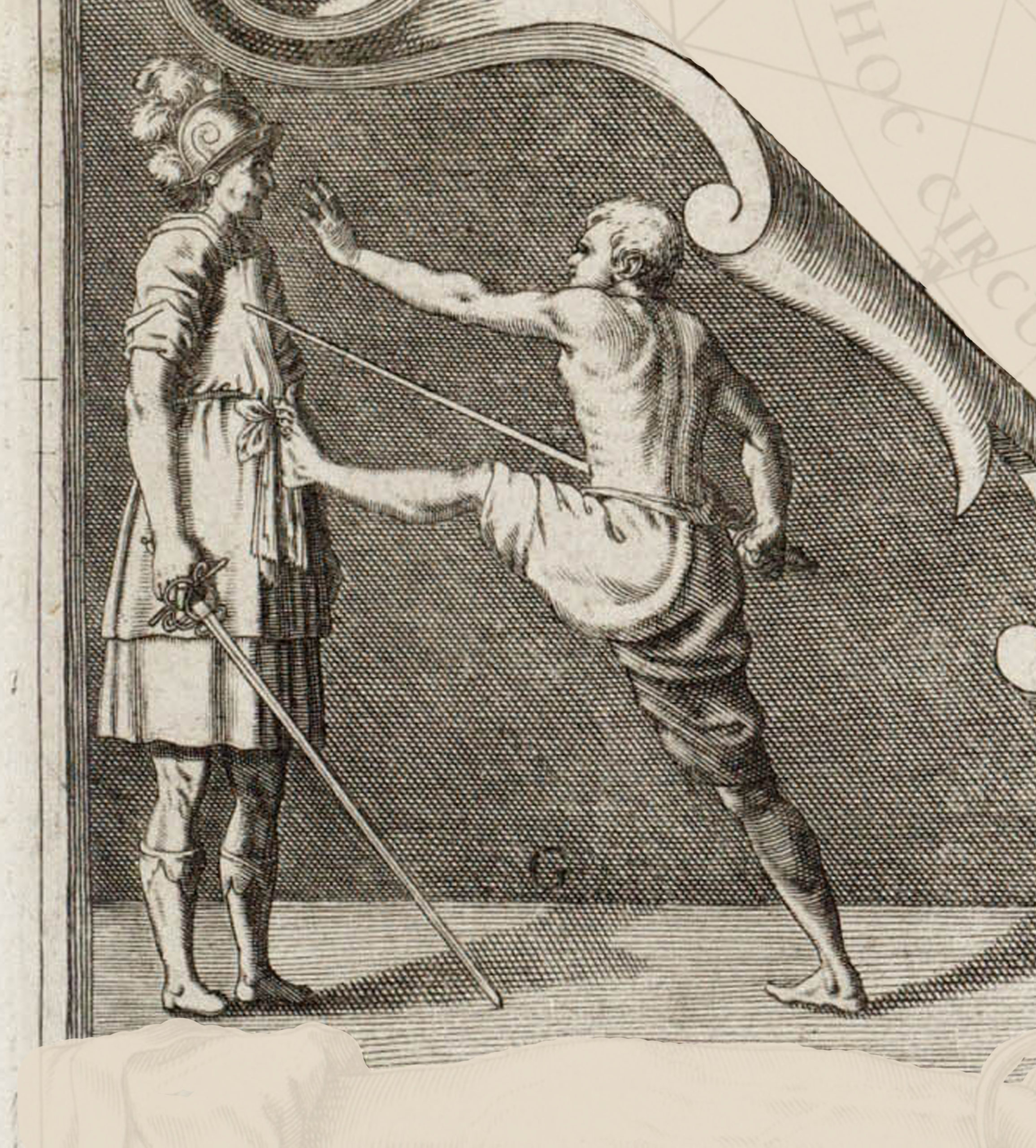
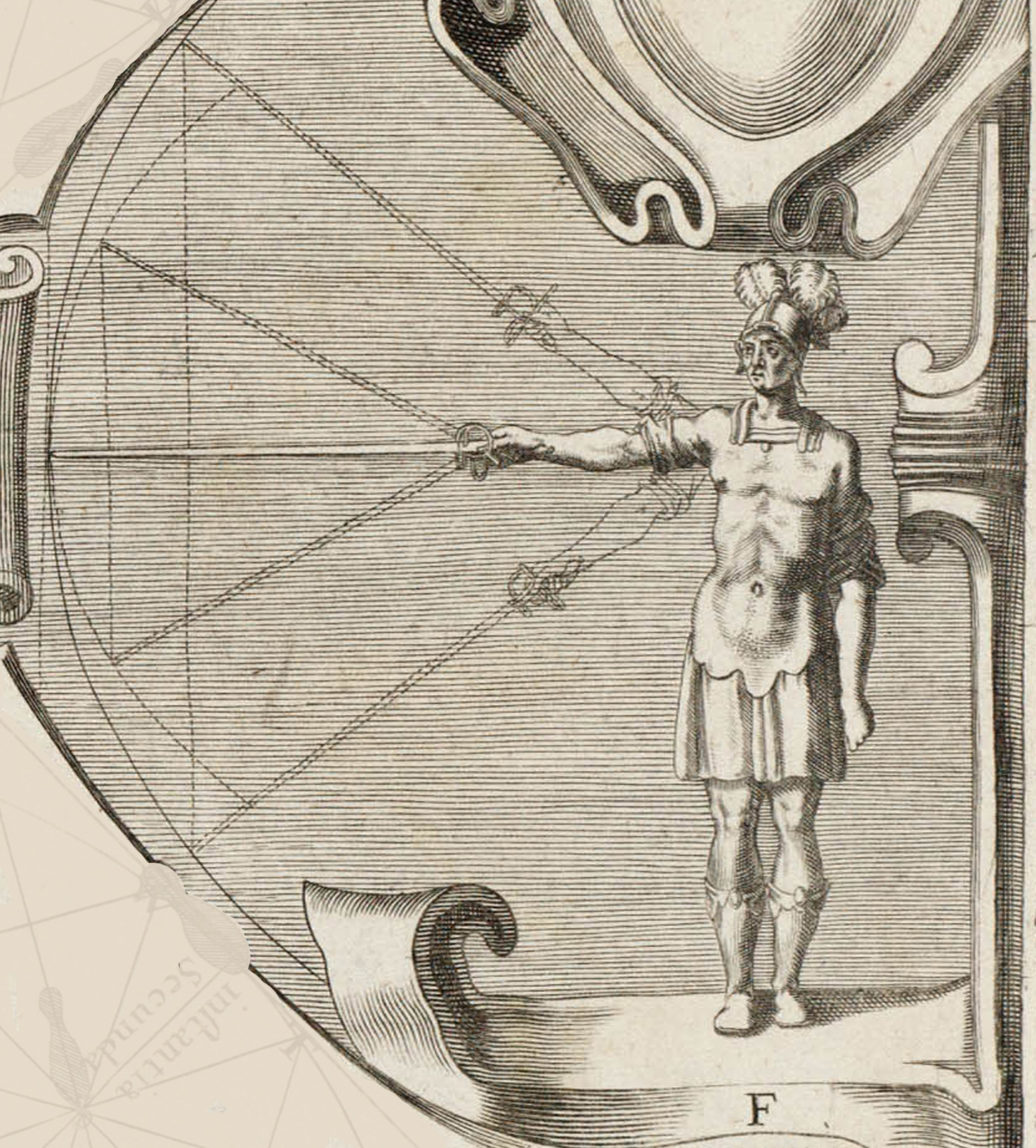
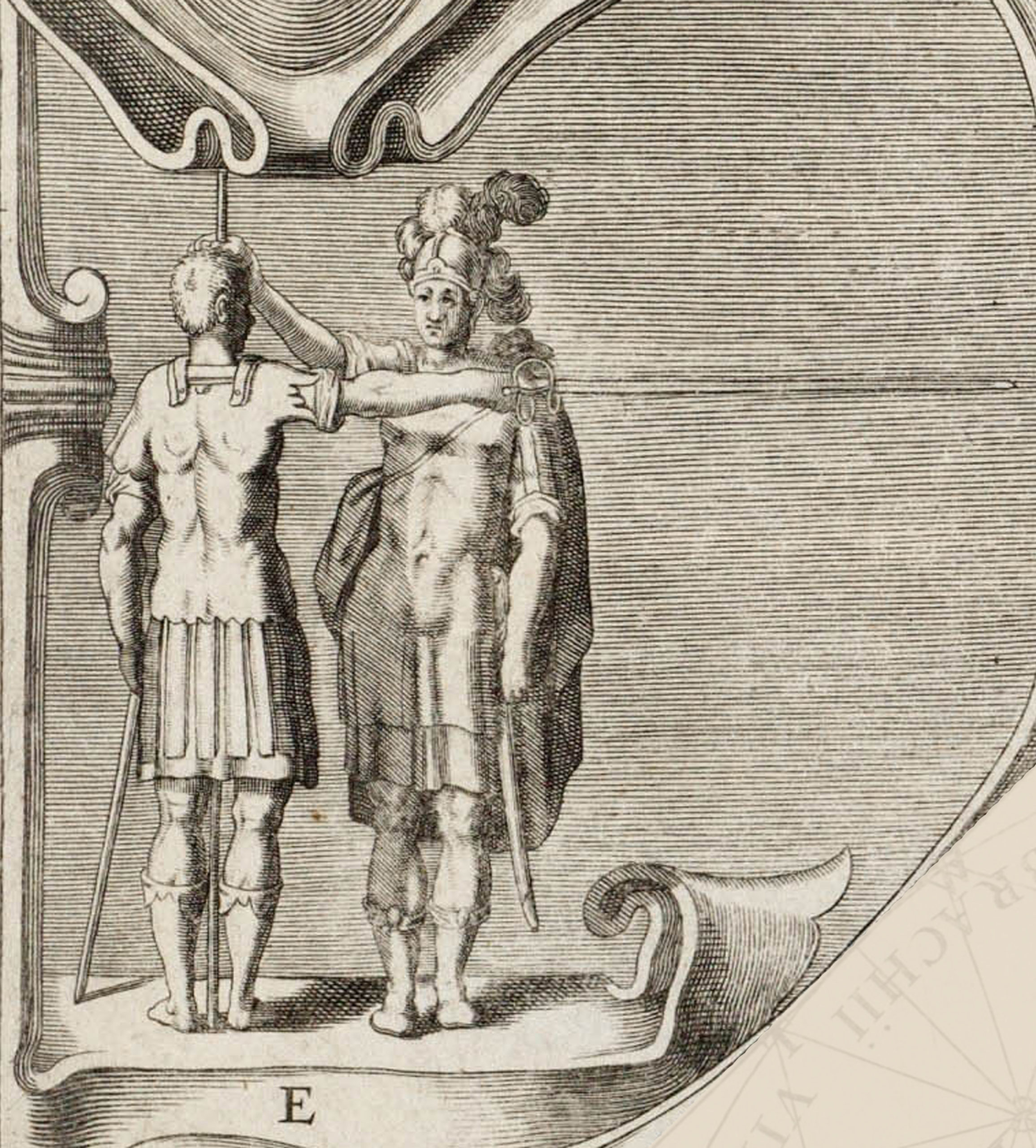
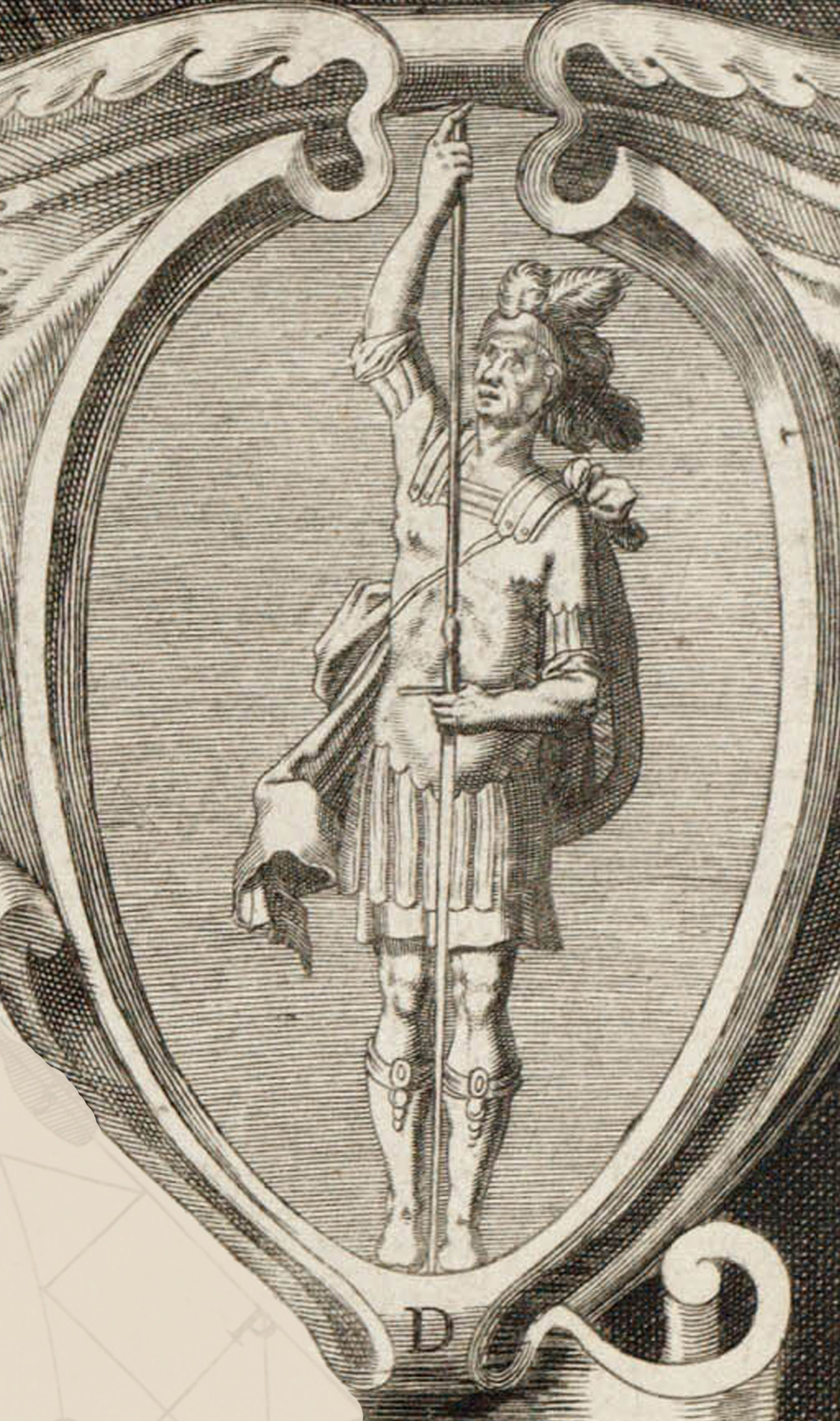
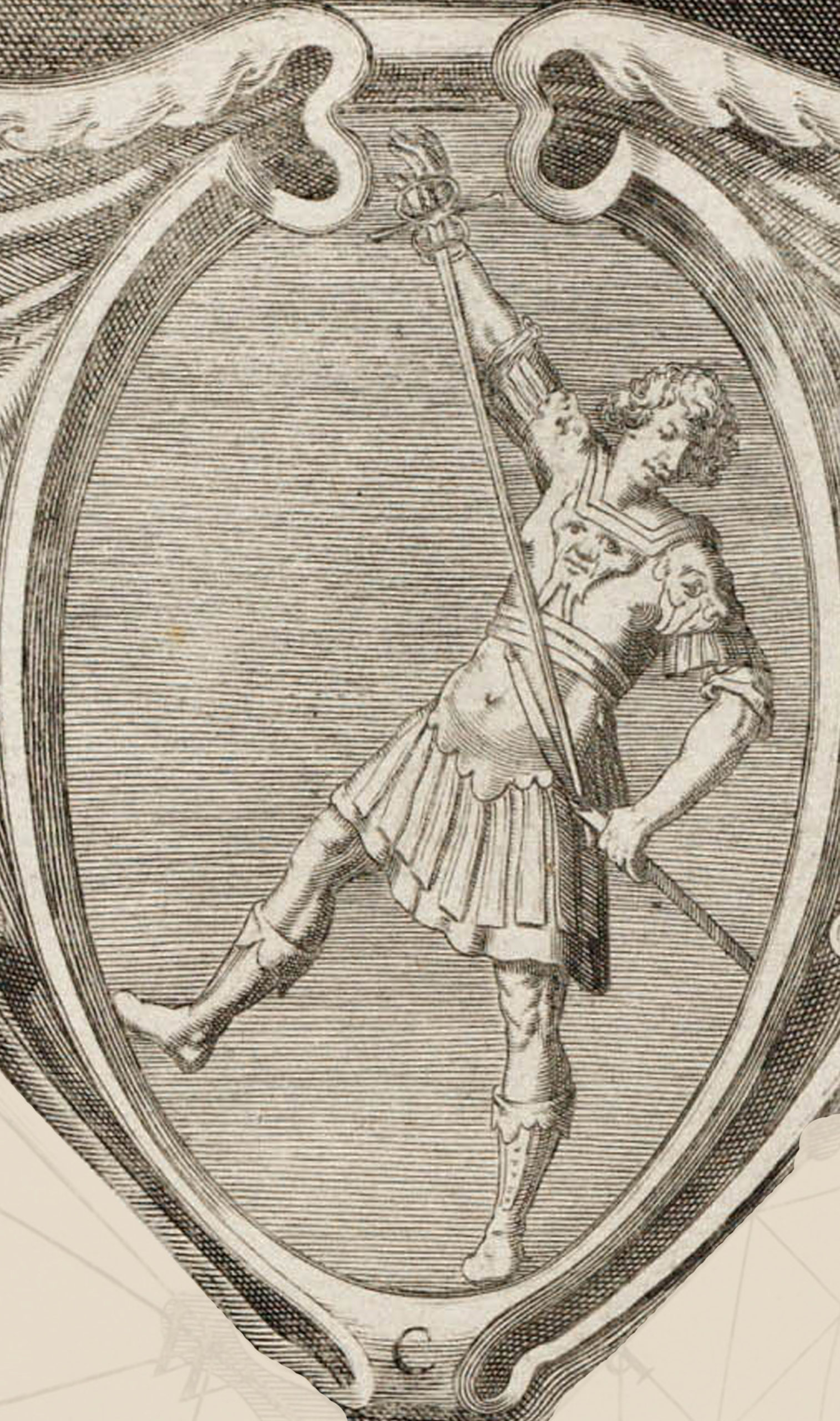

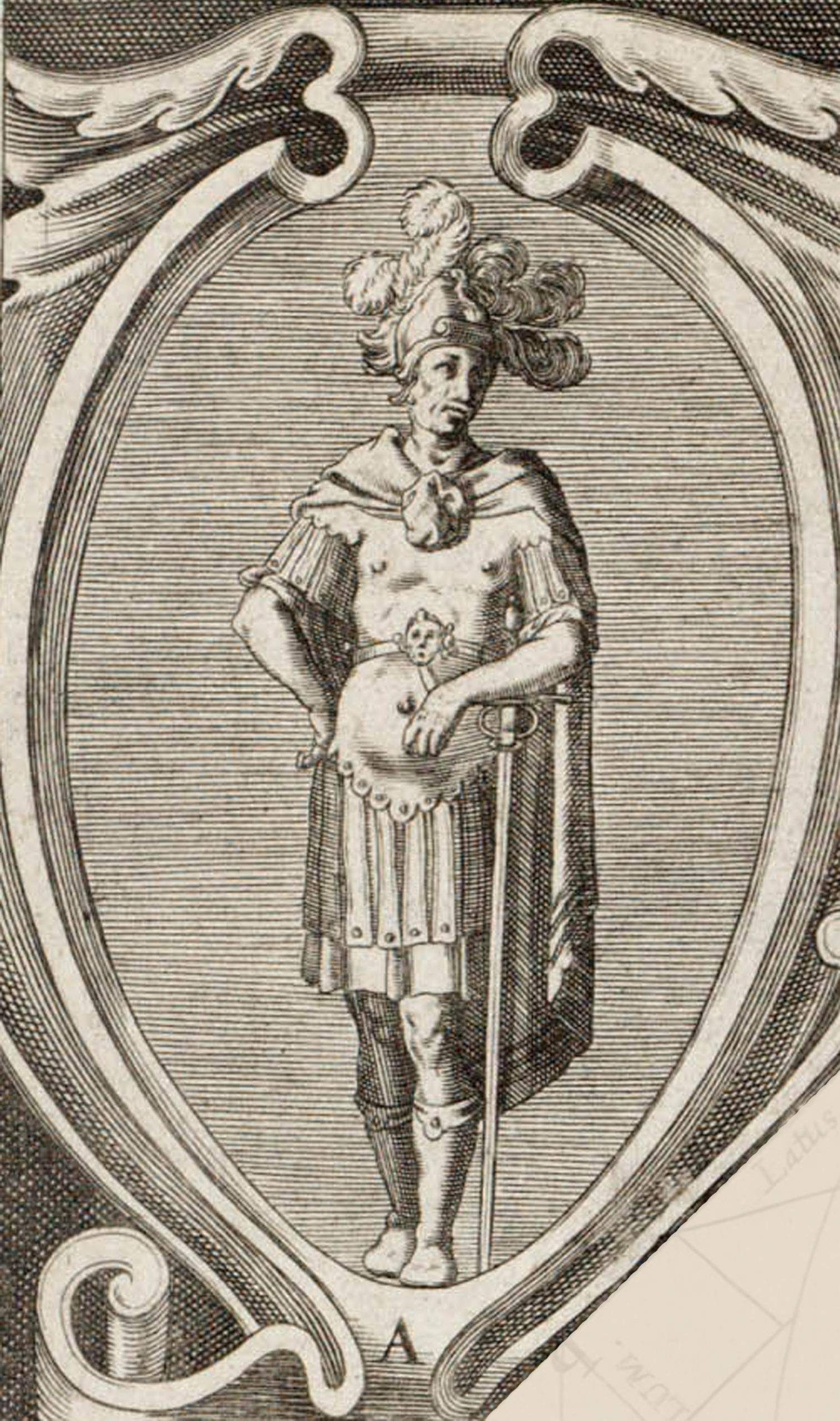
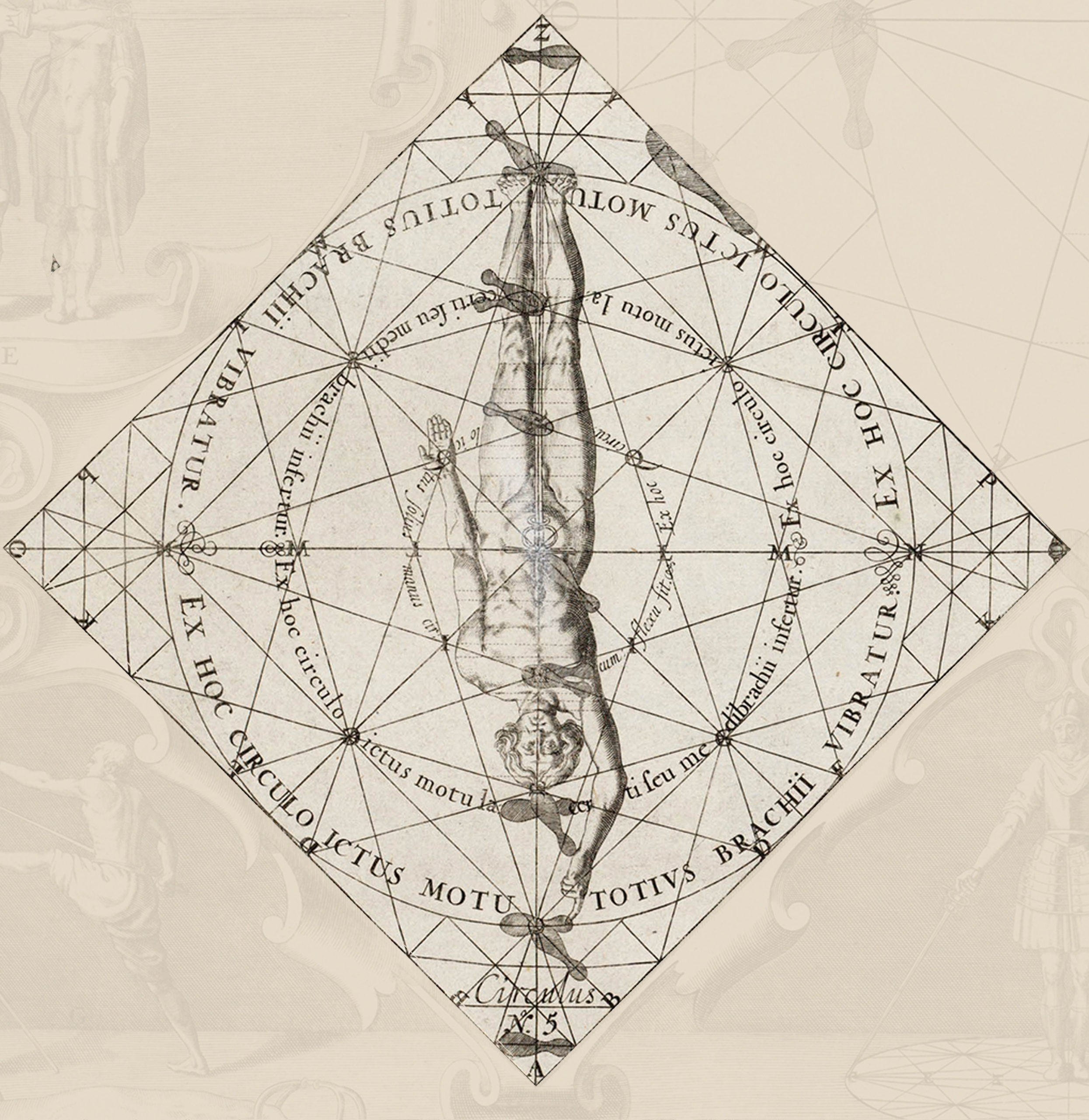
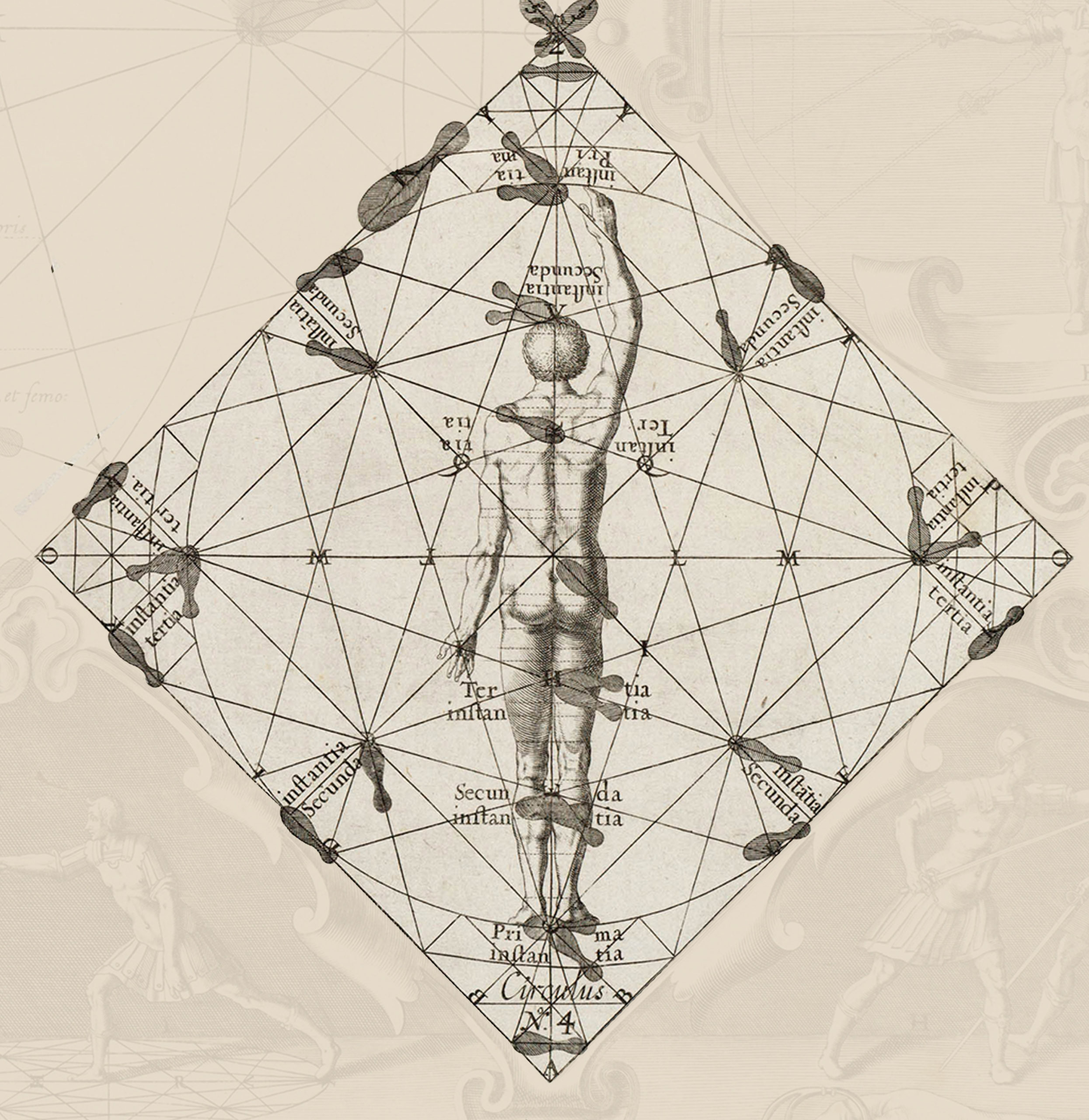
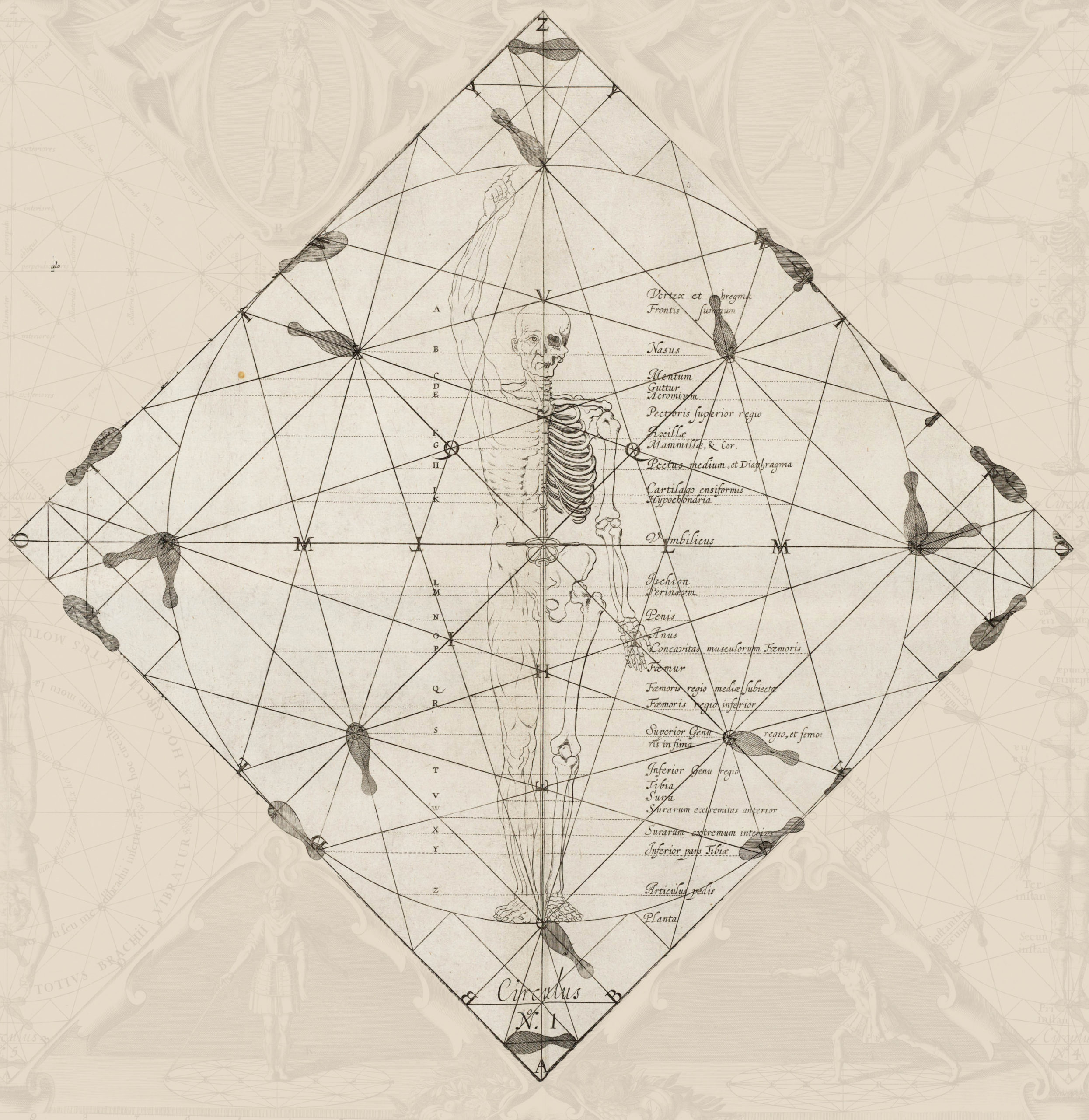
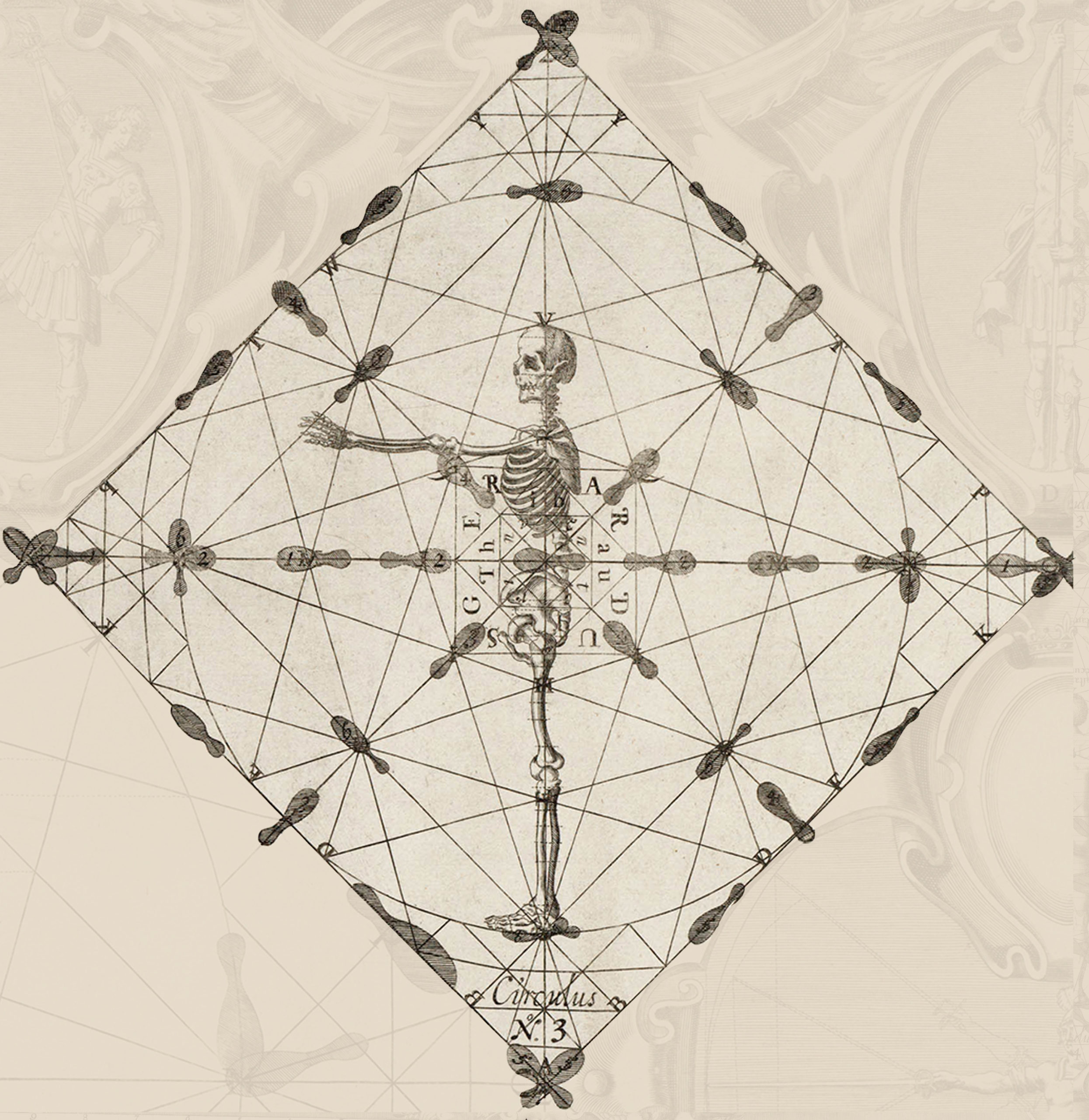


This is the First popup. Click here to open the Second popup.
This is the second popup. Click here to open the Third popup.
This is the Third and final popup.
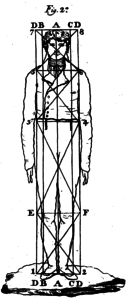
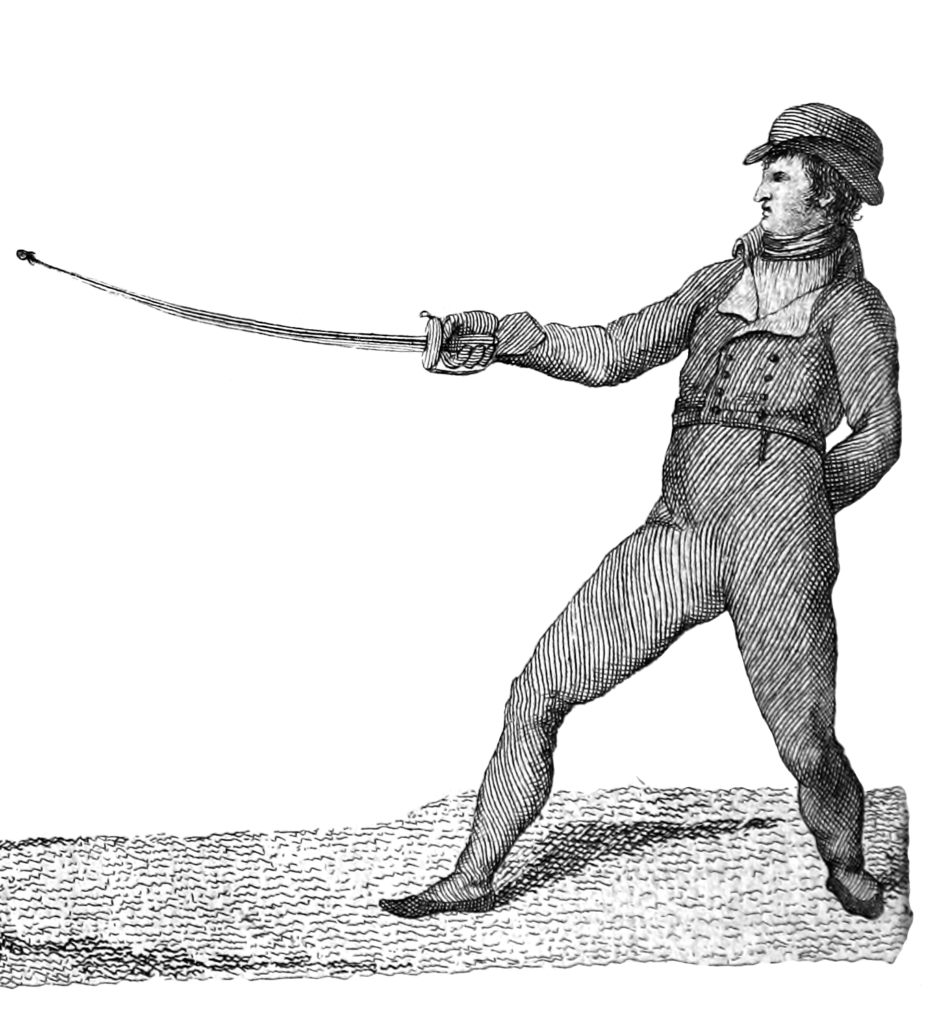
51. To finish this movement we call choosing the distance, step first to assert the offensive stance (§36) with the arm slightly bent, the hand perfectly covering the grip and the thumb and index finger playing a little on the shell: The guard at the height of the median plane (Lam. 1, fig 2, numbers 3 & 4; the point at the height of the opponent’s mouth, the cutting edge directed toward the ground and the left hand held back so it is protected from the cuts of your own saber or that of your opponent; all of this is represented in fig. 5, let. A, lam. 3; this skill is called asserting the common guard in the stated stance.
